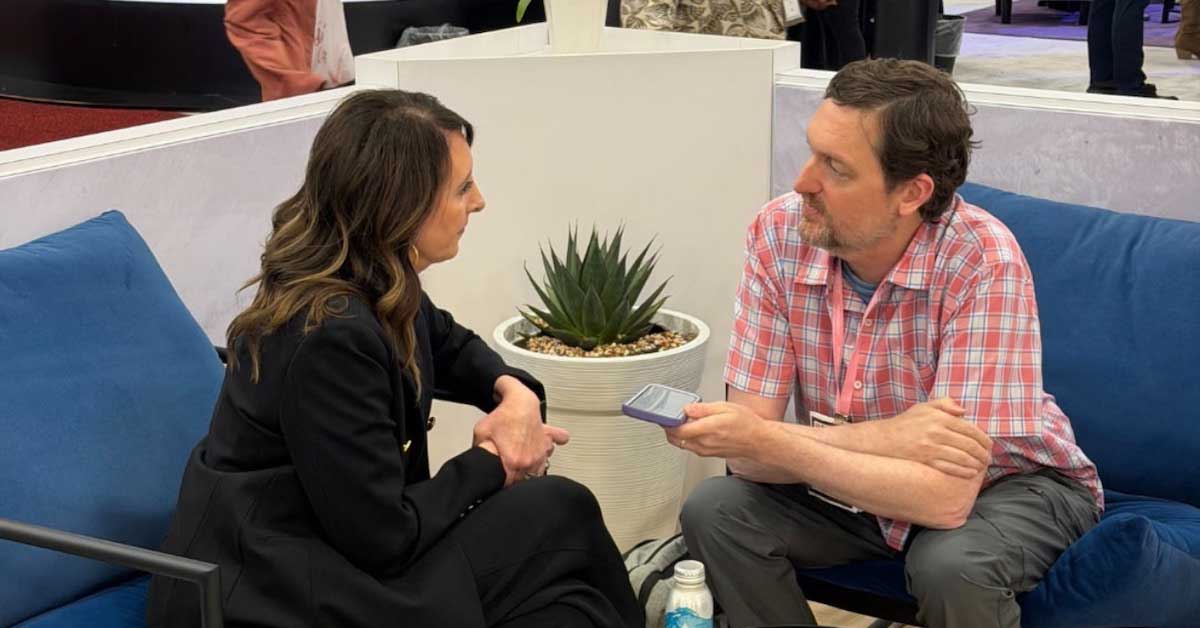Your leadership style has a built-in algorithm of inclusivity—but that could also mean unintentionally excluding entire groups of people.
We live in an algorithmic world. Research has shown that we spend, on average, nearly seven hours every day online—that adds up to more than 100 days a year. Our interactions with the matrix of information and tech tools that are at our fingertips have forged a new kind of neural network: the mega-mind. It works in a similar fashion as the billions of neurons that connect in our brains to frame our individual realities. Every Internet search, article read, tap on an app, like or comment on social media or even a movie, book and music recommendation feeds the mega-mind, while also constructing our personal human algorithms.
But like all neural wiring—95 percent of which functions beyond our conscious awareness, according to neuroscientists—our individual algorithms also come with their own biases.
Algorithms Are People
The tech-human connection has become almost symbiotic in how it shapes reality, and consequently affected our capacity for intelligent and empathetic leadership. The connection has become so strong that some tech giants have gone so far as to say “algorithms are people.” This is to say they are both full of potential for good and wondrous things, but also flawed.
As likes and preferences are linked behind the scenes through the tech-human connection, echo chambers are created where one’s beliefs and habits are rarely challenged and almost always reinforced through ads, search engine results and social media content feeds. This can be either a very good thing, e.g., rallying behind social good causes, or a very bad thing like the perpetuation of negative or false information. Every time we go online, we are essentially given a biased sense of the world that is reinforced in countless ways and then carry that warped view out into the world. The mega-mind is thus constantly growing, but in doing so, often stunts the growth of our individual human algorithms.
Our intent to create an environment of like-mindedness may actually be isolating or excluding entire groups of people who may otherwise add something of value to the conversation, if not our lives.
The Rise of Technochauvanism
Increased reliance on the mega-mind is also ushering us into a new era led by “technochauvinists,” as one computer scientist calls them. Although algorithms are being designed to mimic the biological processes of the human brain, they are still designed by people, and people embed their unconscious biases into them whether they mean to or not.
True, algorithms learn. But they learn on the basis that what’s popular is “good.” This is the good and bad news as sometimes, like children, algorithms learn to be negative with unforeseen consequences. Microsoft engineers learned this the hard way recently after “Tay,” their Twitter bot began responding to Millennial tweets with racist, sexist tweets based on algorithms.
Where Humans & Leadership Can Prevail
The tech-human connection breaks when it comes to identifying connection. Technological algorithms can easily find patterns in massive amounts of data, but can't explain how they're connected. Humans, on the other hand, have an easier time of finding connection and are less apt at discovering patterns. Tech-based algorithms are also highly reactive, whereas as human beings, we have a conscious choice in how we will react to every situation; we can be creative. To create an environment of inclusion, without inadvertently excluding people, the best leadership style would be one that implements these patterns of recognition and connection:
- For the pattern of eliminating biased behaviors: include speakers and attendees of opposing views.
- Connect through disconnect: create a tech-free event that builds connection naturally through organic event design—connection with nature, local heritage experiences, etc.
- Find ways to celebrate and validate the differences of attendees: conduct a pre-event survey that focuses on heritage, habits or lifestyle and include something from everyone throughout the event.
- Create an “unlearning” event: life is as much about learning as it is unlearning. Why not implement this into your event by creating a platform for healthy deconstruction.
- Use technology to foster empathy: feeling connection to other living beings is a matter of empathy, but as we know, algorithms have difficulty with recognizing connection. We can use, technology, however, to build these connections. Consider having attendees send photos of themselves as children, select their favorite songs, favorite quotes or affirmations and display them using technology throughout the event.
Your leadership style may have its own algorithm, but in the era of algorithms, the mechanism for success is still people.







